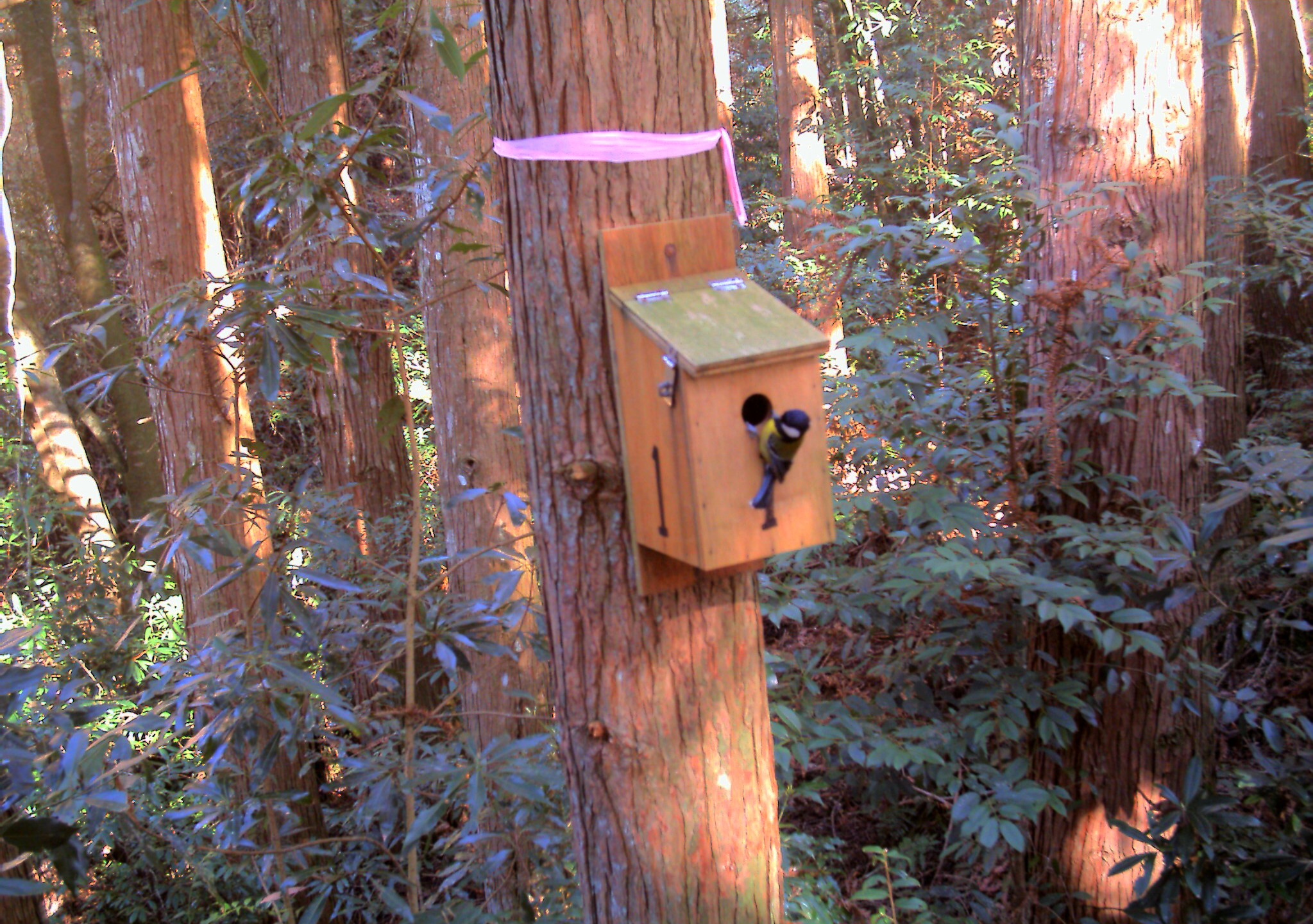
Temperatures in early spring are critical to the breeding of small forest birds, according to a recent survey released by the Shei-Pa National Park.
To understand how environment changes affect the avian population in the park, The park’s conservation team started placing bird nest boxes in Guanwu in 2009, and continued observing the birds until today.
In forest ecologies, small birds are usually primary or secondary consumers. They are a good fit for long-term observations because they can detect and respond more quickly to temperature changes than plants. They are also easier to be observed than mammals, and be categorized than insects or any other invertebrates. What’s more, because they only breed from a few days to several weeks, researchers can obtain more accurate data on the influence of temperatures in a more intensive period of time. By taking environmental factors into account, the changes of seasonal temperatures in a year can be properly analyzed. In a way, the bird nest boxes also provide small birds places to breed when there are not enough natural tree holes.
According to the Shei-Pa National Park Conservation Team, since the boxes were installed in 2009, four avian species, green-back tits, coal tits, yellow tits and white-throated flycatcher warblers have bred their offspring in the boxes. In particular, green-back its and white-throated flycatcher warblers lay eggs and raise nestlings from early March to mid May each year. This makes them good targets for observation. In a relevant study conducted in 2011, researchers also found out that some non-avian species like to hide themselves in the boxes, such Formosan striped squirrels, Formosan white-bellied rats and Eiffinger's tree frogs.
In fact, Formosan striped squirrels and Formosan white-bellied rats can be predators of birds. While previous bird-nest-box observations in Aowanda National Forest Recreation Area and Taroko National Park revealed that snakes are the primary predators of birds, the latest study in Guanwu suggests that small mammals can be natural enemies of birds who live in trees.
The study also shows that green-back tits using the boxes to breed are quite loyal to their habitats, because they tend to breed in nearby boxes in different years. Another discovery is that, in 2011, two green-back tits that left their parents’ nest a year before joined the adult breeding group. One was female, and the other was male, and both were heavier than their counterparts since they were nestlings. Unlike older adult birds, they tended to move to disperse far out. Not only that their breeding nests were far away from their birth places, the female bird’s dispersal distance was 1.5 km, much longer than the male’s 0.5km. This discovery of paridaes (tits) is unprecedented in Taiwan.
The research results and other observation projects have been uploaded to the Shei-Pa National Park world wide website at: www.spnp.gov.tw